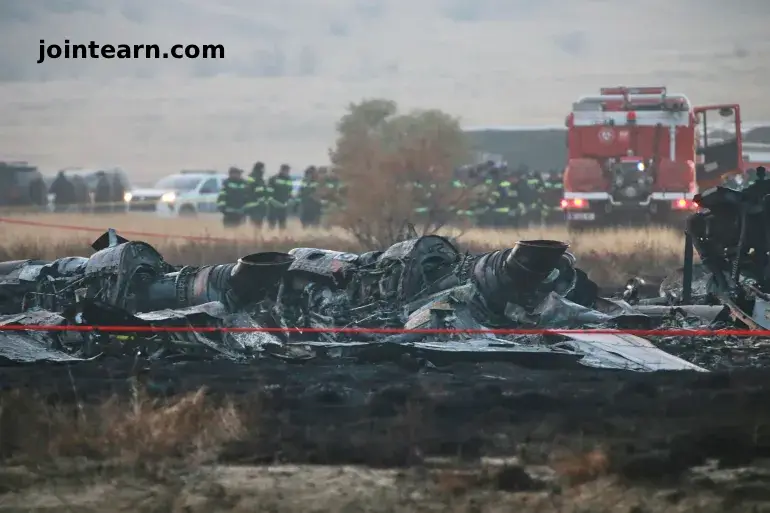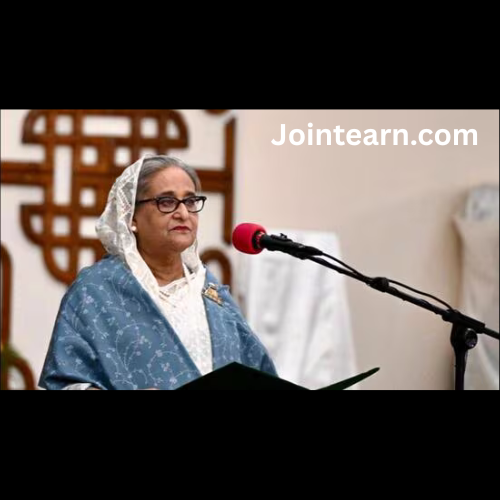
A tragic Turkish military plane crash in Georgia has left 20 soldiers dead, marking one of Türkiye’s deadliest air force accidents in recent years.
Authorities have recovered 19 of the 20 bodies and retrieved the aircraft’s black box, as investigations continue into what caused the C-130 Hercules transport aircraft to go down near the Azerbaijan border.
Turkish President Confirms Recovery Efforts Underway
Turkish President Recep Tayyip Erdoğan confirmed on Wednesday that 19 bodies and the plane’s flight recorder had been found at the crash site.
The recovery update came during a meeting of the ruling Justice and Development (AK) Party in Ankara, just hours after the Turkish Ministry of National Defence announced that all 20 soldiers aboard had perished.
“Ongoing work at the crash site is being closely monitored,” Erdoğan said.
“Every aspect of the incident will be investigated thoroughly to uncover the truth.”
Officials said search teams are still working to locate the remaining missing body, while wreckage inspection has begun in cooperation with Georgian authorities.
Turkish Investigators Arrive in Georgia
A Turkish accident investigation team, supported by Georgian emergency responders, arrived at the site early Wednesday in Georgia’s Sighnaghi municipality in the Kakheti region, roughly five kilometres (3.1 miles) from the Georgia-Azerbaijan border.
The crash occurred on Tuesday, shortly after the aircraft entered Georgian airspace from the Azerbaijani city of Ganja.
The C-130 Hercules, a four-engine turboprop transport plane, was carrying Turkish soldiers and equipment bound for Merzifon Air Base in northern Türkiye.
Turkiye’s Deadliest Military Air Disaster Since 2020
The defence ministry confirmed that the accident marks Türkiye’s worst military air disaster in five years, since a helicopter crash in eastern Bitlis in 2020 killed 11 soldiers.
Defence Minister Yaşar Güler expressed deep sorrow, posting photos of the fallen soldiers in uniform with the caption:
“Our heroic comrades-in-arms were martyred. May Allah have mercy on their souls.”
The C-130 aircraft, manufactured in 1968, had served in Saudi Arabia’s air force before being transferred to the Turkish military in 2010, according to Turkish newspaper Sözcü.
Debris Scattered Across Multiple Locations
Officials from Georgia’s Sakaeronavigatsia air traffic control confirmed that the plane disappeared from radar soon after entering Georgian airspace and sent no distress signal before impact.
Eyewitness footage shared by Azerbaijani media showed a large black plume of smoke rising from the crash site shortly after the explosion.
Turkish news outlet NTV reported that wreckage was scattered across several kilometres, including farmland surrounded by hills.
Investigators are combing the area to collect debris fragments and analyze the black box flight data recorder, which could provide critical insights into whether the crash resulted from technical failure, weather, or pilot error.
International Condolences Pour In
Messages of sympathy and solidarity have poured in from across the globe.
Governments and leaders from Azerbaijan, Georgia, Kazakhstan, Qatar, Egypt, Iran, Italy, and Malta extended condolences to Türkiye and the families of the victims.
NATO Secretary-General Mark Rutte expressed “deepest condolences” on behalf of the alliance, honoring the soldiers’ service and sacrifice.
“We honour their service and are deeply grateful for all that the Turkish Armed Forces, and indeed all our men and women in uniform across the Alliance, do to keep us safe every day,” Rutte said in a statement.
US Ambassador to Türkiye Tom Barrack also offered condolences, while Lockheed Martin, the manufacturer of the C-130 Hercules, said it would cooperate fully with the investigation and expressed sympathy for the victims’ families.
The C-130 Hercules: A Workhorse of Military Aviation
The C-130 Hercules, built by Lockheed Martin, is one of the most widely used military transport aircraft in the world.
Known for its durability and versatility, the aircraft is capable of carrying troops, vehicles, and supplies even in harsh combat conditions.
The ill-fated C-130 was operated by the 12th Air Base Command in Kayseri, central Türkiye.
It departed from Kayseri on Monday, landed in Ganja, Azerbaijan to pick up personnel, and was en route to Merzifon when it crashed in Georgia.
Aviation experts note that while the C-130 has a strong safety record, its long operational lifespan means maintenance standards and modernization play a crucial role in preventing incidents.
Türkiye and Azerbaijan: Strategic Military Partners
The crash underscores the close military and diplomatic ties between Türkiye and Azerbaijan.
The two nations have maintained strong defense cooperation, with Ankara training Azerbaijani officers and supplying weapons used during Azerbaijan’s 2020 Nagorno-Karabakh conflict victory over Armenia.
Just days before the crash, Erdoğan attended Victory Day celebrations in Baku on November 8, commemorating Azerbaijan’s battlefield success.
Global Impact and Investigation Ahead
The Turkish Ministry of Defence confirmed that all investigation data, including flight recorder analysis, will be handled jointly with Georgian aviation authorities.
Preliminary findings are expected within weeks, though full results may take months as teams reconstruct the final minutes before the crash.
The tragedy has sparked renewed discussions about aircraft maintenance standards, fleet modernization, and aviation safety protocols within the Turkish Armed Forces.
⚠️ Key Facts at a Glance
- Victims: 20 Turkish soldiers (19 bodies recovered so far).
- Aircraft: C-130 Hercules, built in 1968.
- Location: Sighnaghi, Georgia – near Azerbaijan border.
- Cause: Under investigation (no distress signal sent).
- Flight path: Kayseri → Ganja → Merzifon.
- Recovered: Black box and majority of wreckage.
- Investigation: Joint Turkish-Georgian probe ongoing.


Leave a Reply